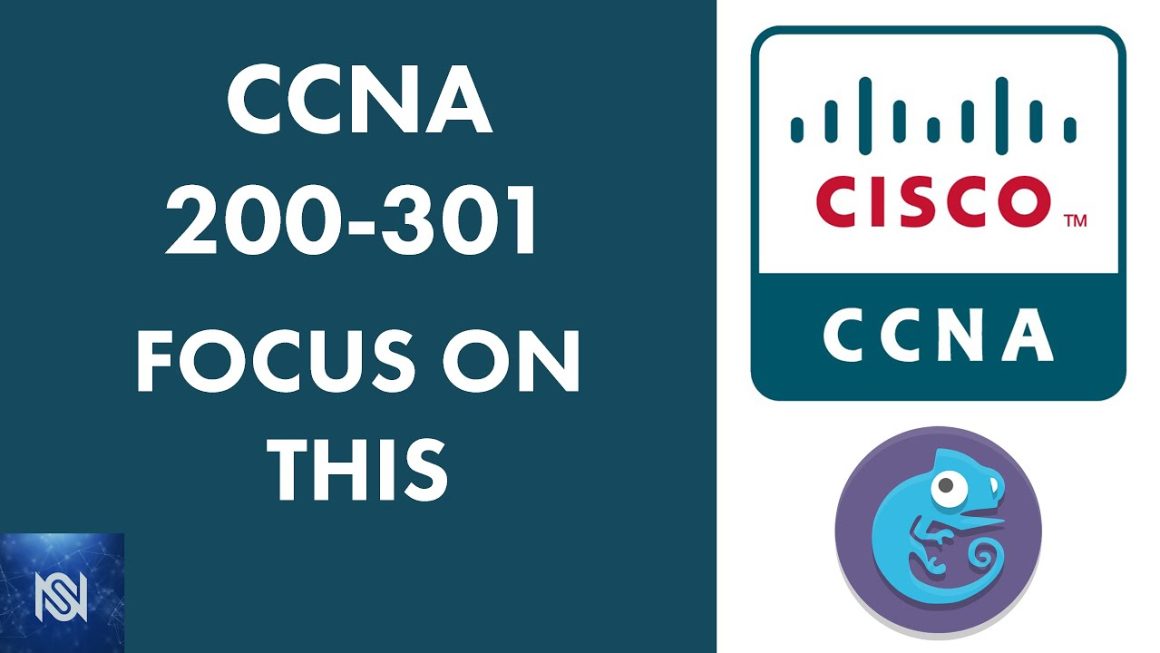Stepping into the realm of content creation brings with it a blend of exhilaration and intimidation. Although the basic act of assembling sentences may be within everyone’s grasp, mastering the craft of composing articles that genuinely connect with an audience is a skill cultivated over time.
This guide aims to break down the process into manageable steps for beginners. Here, you’ll find insights, tips, and a structured approach to crafting compelling articles that engage your audience.
The Importance of Article Writing
The process of writing articles extends beyond the mere arrangement of words on a screen; it acts as a conduit for the dissemination of thoughts, the sharing of valuable insights, and the influencing of readers. In today’s digitally connected landscape, top-notch articles have emerged as a cornerstone in the toolkit of successful content marketing. Good articles can drive traffic, generate leads, and establish authority in a given niche.
Stage 1: Research and Planning
The Crucial Element of Audience Understanding
No matter how eloquent or insightful your writing may be, its impact will be diminished if not tailored to the interests and needs of your target audience. A comprehensive understanding of who will be reading your article is essential. Consider their demographic factors, such as
age, profession, or lifestyle. This information will dictate not only the language and tone to be used but also the kinds of topics that will likely capture their attention.
Topic Selection: The First Milestone
Often overlooked, the importance of choosing the right topic cannot be overstated. A topic that is too broad can result in an article that lacks focus and depth. On the other hand, a topic that is too narrow could limit the scope of your audience and make the article less versatile. Therefore, a balanced topic that can be both detailed and widely relatable is often the best choice.
The Role of In-Depth Research
While your personal insights and experiences can provide a unique flavor to your article, a well-rounded perspective is usually achieved through diligent research. Trusted sources should be consulted, and contrasting viewpoints should be considered. A thorough literature review is often indispensable for crafting an article that stands out for its credibility and depth.
By meticulously carrying out each of these steps in the initial research and planning phase, the foundation for a compelling and engaging article will have been laid. This phase is more than just an introductory measure; it serves as the structural foundation upon which the entire endeavor will be built. Hence, it’s imperative that adequate time and resources be devoted to guarantee the most effective execution of this crucial stage.
Stage 2: Structure and Outline
| Introduction Your introduction sets the stage for the entire article. It should be both engaging and informative, providing enough information to keep the reader interested. | Body Conclusion The body is where you dive A well-crafted conclusion deep into the topic. Divide provides closure and offers this section into multiple a summary of the main subsections, each covering points discussed.a different aspect of your subject matter. |
Stage 3: The Writing Process
Drafting
Once the research and outline are in place, the writing process can commence. A rough draft is usually written first, followed by rounds of revisions.
Language and Tone
The language should be appropriate for your audience. For example, academic articles require a formal tone, while blog posts may be more conversational.
Use of Imagery
Strategically placed images, charts, or graphs can break up large chunks of text and enhance the reader’s understanding of the topic.
Stage 4: Review and Edit
Peer Review: A fresh set of eyes can often catch mistakes that you might have overlooked. Peer reviews can be invaluable for improving the quality of your article.
Grammar and Syntax: Grammar checking tools like Grammarly or the Hemingway App can be used, but a manual review is also necessary to catch nuanced errors.
SEO Optimization: For digital articles, SEO elements like keywords, meta descriptions, and proper header tags should be considered to improve search engine visibility. Various online tools are available to assist you in checking and listing appropriate keywords for your content, one of which is Pr-CY.io. These tools can provide invaluable insights into optimizing your article for better discoverability and ranking.
Stage 5: Publication and Promotion
● Choosing a Platform: Depending on your target audience and the subject matter, different platforms will be more effective for publication.
● Social Sharing: Once published, promotion across various social media channels can help your article reach a wider audience.
● Real-World Examples: Multiple research studies have demonstrated the powerful effects that skillfully crafted articles can have on engagement levels, web traffic, and
rates of conversion. Regardless of whether the focus is a brief blog entry or an exhaustive guide, the significance of high-quality article writing should never be overlooked.
Conclusion
Transforming into an adept article writer is no quick or straightforward feat. It necessitates a commitment to meticulous planning, comprehensive research, and an iterative refining process. This guide has been meticulously structured to aid beginners in navigating the intricate, yet highly rewarding, labyrinth of article writing. When the guidelines provided here are diligently followed, not only will the crafted articles resonate deeply with your audience, but their durability in terms of relevance and engagement will also be significantly extended.
By committing to this structured methodology, the intimidation factor often associated with becoming a proficient article writer can be effectively mitigated. Much like any skill that is learned rather than innate, it’s consistent practice that paves the way for expertise. Consequently, there’s no more opportune moment than now to initiate your voyage into the world of writing.



